The most popular fossicking area in southern Tasmania is Lune River, which produces mostly lapidary material. Lune River materials include agate, carnelian, onyx and sardonyx, jasper, petrified wood and petrified fern. Occasionally agate geodes have vughs with clear quartz crystals inside, rarely citrine or amethyst. The materials are concentrated in an underground gravel layer of variable depth. In some places around Lune River you can see the material strewn on the surface, especially after logging. In other places the gravel layer is meters below the ground.
Getting to Lune River
- Location of Fossicking Area
- Overlay of Geology
- Satellite picture
Lune River is a couple of hours drive south of Hobart, on the road to Cockle Creek. The main collecting area is along the western side of the Leprena Track, but take care not to stray into the declared Lune River Fossil Site, where fossicking is not permitted. While you’re in the area, I suggest dropping in to see Boris and Chrystine’s fantastic collection of Tasmanian minerals at Lunaris Gemstones, 175 Lune River Road. If it’s your first time visit to Lune River, both Boris and Chrys are extremely knowledgeable about the area.
Collecting
If you’re interested in just a casual day out, and don’t mind collecting only small stuff, then a visit to Lune River after heavy rain or recent logging can be good. Walking around and checking the mullock heaps of previous diggers can be productive, and I’ve often found small specimens, particularly petrified wood, in this way. However, if you want to get a decent amount of large material, or at least large enough to do something with, you’re going to need to dig. The best places to dig are generally where there are a lot of other people’s diggings. This usually means that the gravel layer is not too deep.
There is a lot of clay in the soil in most areas, and during dry summers it can set quite hard, and the digging will be hard work, so take plenty of water. I find the digging easier in the wetter months, but be prepared: you’ll likely get very muddy. You will often find yourself digging holes below the shallow water table, and feeling around for the gravel you dislodge, and can’t actually see under the muddy water. And did I mention sometimes you have to break the ice?
Liz Kreate has a good video about digging at Lune River, and she shows the use of a soil probe, as I mentioned in my post about tools. The wash layer is fairly shallow in that spot, and towards the end of the video she has some good images of what the Lune River material looks like.
What created the Lune River deposits?
There’s been a few hypotheses as to what might have created the deposits. Nowadays it seems well accepted that it’s probably a result of volcanic activity in the Jurassic, perhaps related to the breakup of Australia from Antarctica, and the large dolerite deposits on the eastern half of the State. There are large Jurassic basalt flows in the area, and the main Lune River deposit is possibly within a mudstone/sandstone bed that could be made up in a large part of volcanic debris. The petrified wood and fern are probably the remnants of Jurassic forests that were overcome and buried by volcanic basalt (lava) or pyroclastic flows. Over millions of years their woody components were slowly replaced by opal and agate. A lot of the agates form inside what were originally air bubbles within the lava as well. If you feel like getting technical, you can find more in-depth explanations and references about the origin of the Lune River deposits here, and here. The short of it is that the tree and fern fossils are located in a sequence below the basalt, and within the section marked as Rvc in the geological map, which pretty much follows the Leprena Track and the eastern edge of the Fossicking Area.
The extent of the Lune River deposits is still poorly know. It is likely that the Coal Hill agates are simply a northern extension of the Lune River ones, and agate deposits, which formed inside the basalt, are more extensive than the fossils. Feel free to explore around, though you will need a prospecting licence to do so legally outside the declared Fossicking Area, and you should be careful not to stray into adjoining Fossil Sites or the World Heritage Area.
Do you have tips on good places to dig in Lune River at the moment? If you like the content at Apple Isle Prospector, feel free to get in contact, or leave a comment.

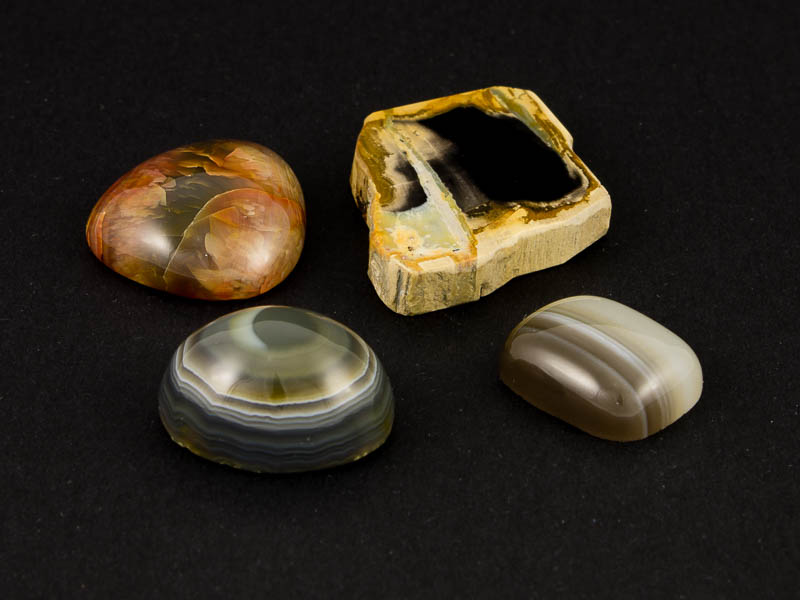
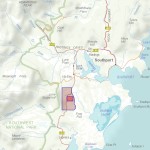
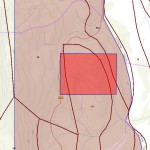
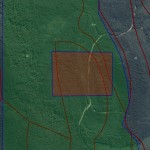
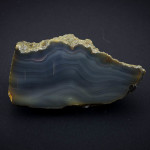
Hi do you need a permit to fossicking at line river?
Hi Karina,
If you mean Lune River then no, as long as you are inside the dessignated foccicking area.